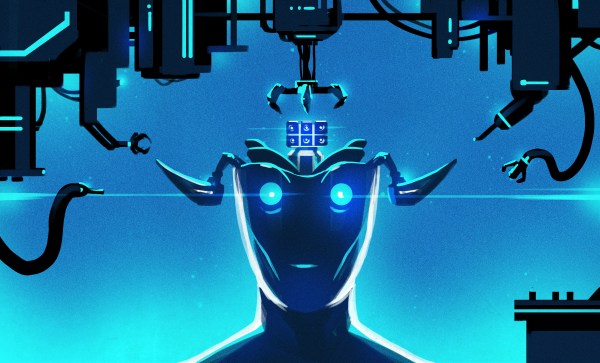We’ve noticed a recent YouTube trend of producing trailers for shows and movies as if they were produced in the 1950s, even when they weren’t. The results are impressive and, as you might expect, leverage AI generation tools. While we enjoy watching them, we were especially interested in [Patrick Gibney’s] peek behind the curtain of how he makes them, as you can see below. If you want to see an example of the result first, check out the second video, showing a 1950s-era The Matrix.
Of course, you could do some of it yourself, but if you want the full AI experience, [Patrick] suggests using ChatGPT to produce a script, though he admits that if he did that, he would tweak the results. Other AI tools create the pictures used and the announcer-style narration. Another tool produces cinematographic shots that include the motion of the “actors” and other things in the scene. More tools create the background music.
Continue reading “What If The Matrix Was Made In The 1950s?”


















